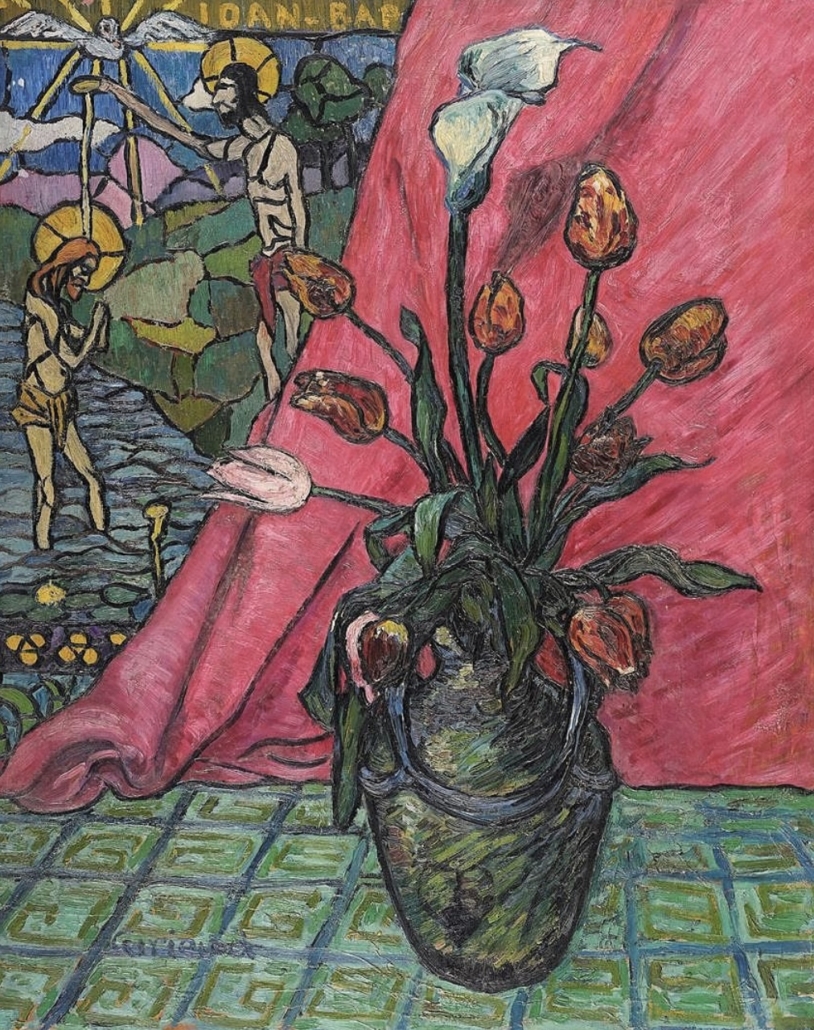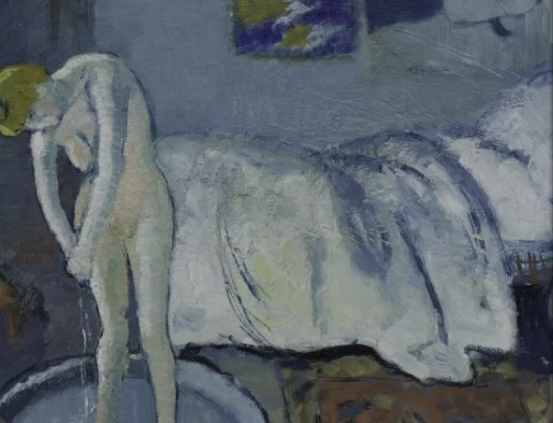Berthe Weill
Avant-Garde Gallery Owner
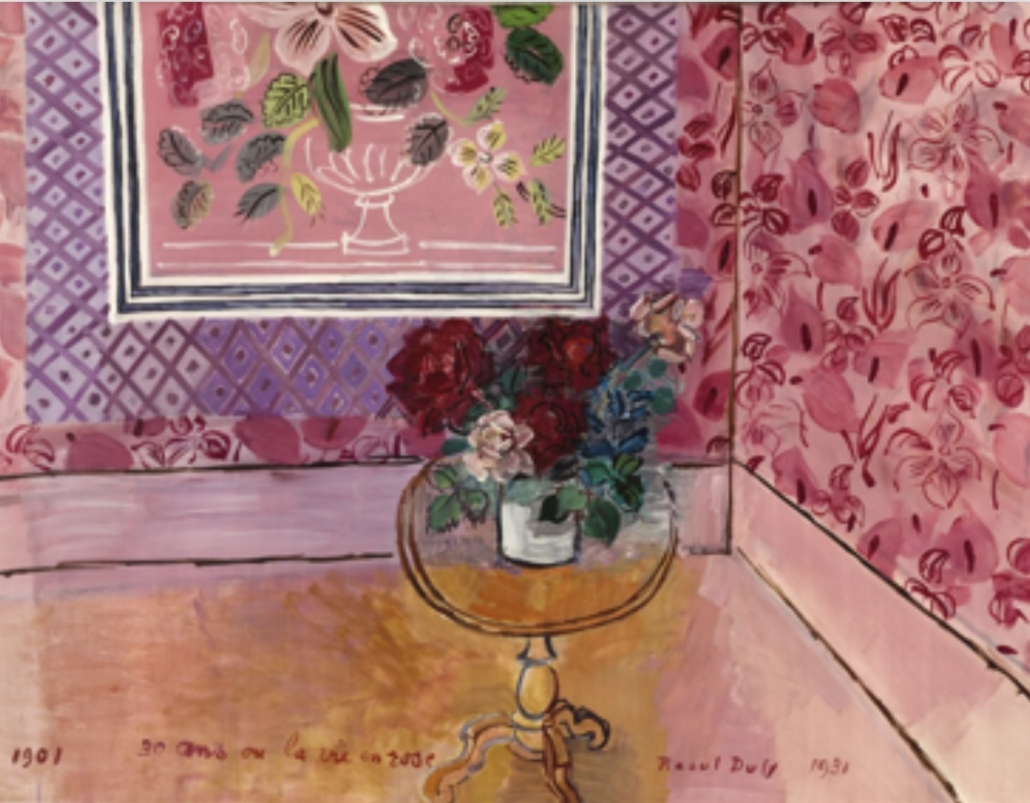
In 1901, Berthe Weill opened a gallery at 25 rue Victor-Massé, in the Pigalle district. She chose to engage with the artists of her time, contributing to their discovery and subsequent growth, despite limited resources. Among them were some of the greatest names in the avant-garde, as well as others less prominent today. With unfailing enthusiasm and perseverance, she was their voice and supported them for nearly forty years until the closure of her gallery in 1940, in the context of the war and the persecution of the Jews. As early as 1933, she had published her memories of three decades of activity under the title “Pan! Dans l’œil…”, a pioneer in this literary genre.
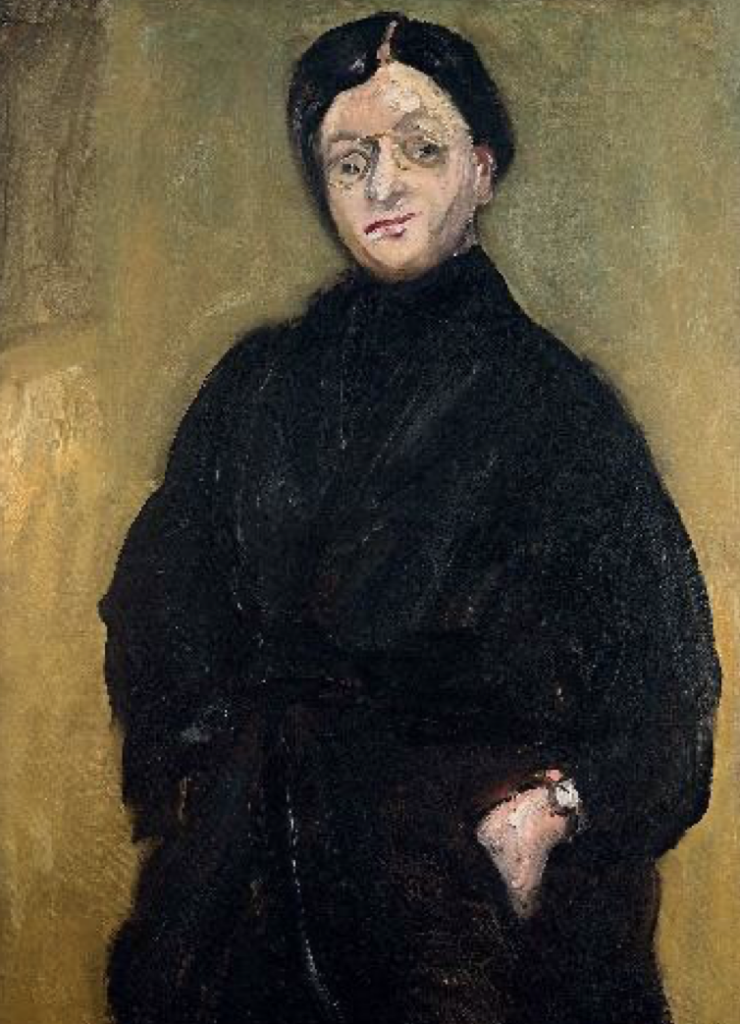
Yet, the trajectory of Berthe Weill, once almost erased, is not yet inscribed in the firmament of art dealers, which includes Daniel-Henry Kahnweiler, Paul and Léonce Rosenberg, Ambroise Vollard and Paul Guillaume. The exhibition, organized by the Grey Art Museum in New York, the Montreal Museum of Fine Arts and the Musée de l’Orangerie in Paris, aims to highlight a still little-known aspect of the history of modern art.
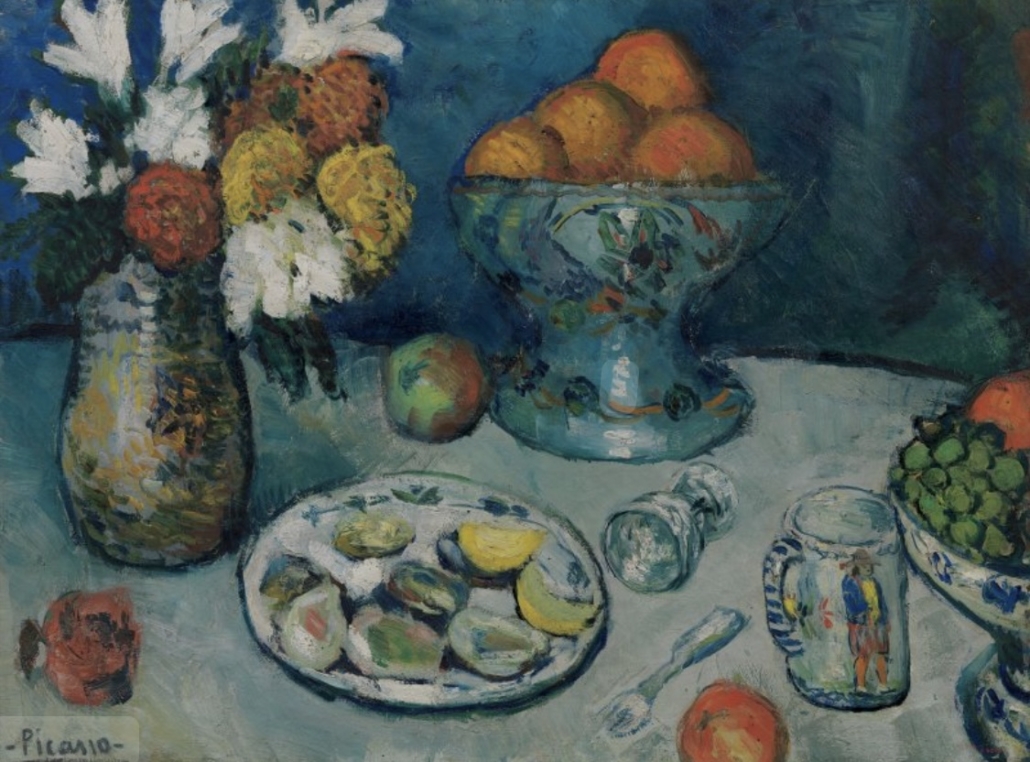
Berthe Weill has been committed to supporting artists since the beginning of the century, under the motto “Make Way for Young People,” which appears on her advertising card. From Picasso—whose work she helped sell before her gallery even opened—to Modigliani—whose only solo exhibition she organized during his lifetime in 1917—she contributed to the recognition of Fauvism by regularly presenting exhibitions by Gustave Moreau’s group of students who had gathered around Matisse.
A little later, she became involved with the Cubists and artists of the École de Paris in battles for art, for the emergence of its new forms, but also against conservatism and xenophobia. Despite the vicissitudes, her interest in young artists never wavered, and thus she fiercely defended very different figures, some of whom did not belong to any specific movement, and gave them a chance by organizing one or more exhibitions. She also promoted a number of women artists, regardless of gender or school, from Émilie Charmy, whom she exhibited regularly from 1905 to 1933 and whom she described as a “lifelong friend,” to Jacqueline Marval, Hermine David, and Suzanne Valadon, then highly prominent.
By 1951, when she passed away, she had presented more than 300 artists at her gallery’s four successive locations: 25 rue Victor-Massé; 50 rue Taitbout from 1917; 46 rue Laffitte from 1920 to 1934; and finally 27 rue Saint-Dominique. She organized hundreds of exhibitions until her gallery closed permanently in 1940.
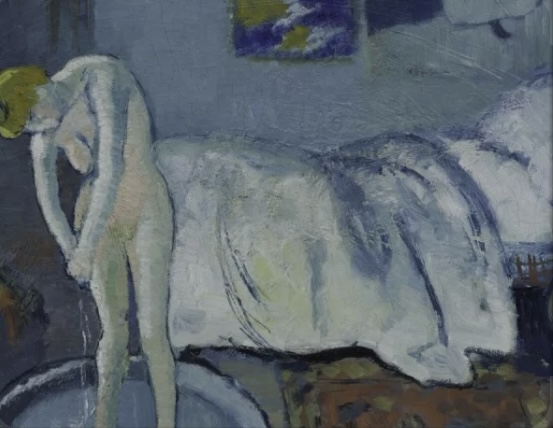
The exhibition invites visitors to discover the dealer’s career and personality through her contribution to the advent of some of the moments that art history has retained. It also traces the life of a gallery in the first half of the 20th century in its continuity and its twists and turns. Around a hundred works, paintings, sculptures, drawings, prints and jewelry, evoke the exhibitions that Berthe Weill organized and the historical context in which they took place. The works of Pablo Picasso, Henri Matisse, Diego Rivera, and Amedeo Modigliani will thus be displayed alongside those of Emilie Charmy, Pierre Girieud, and Otto Freundlich, forming the portrait of a woman and her actions.
